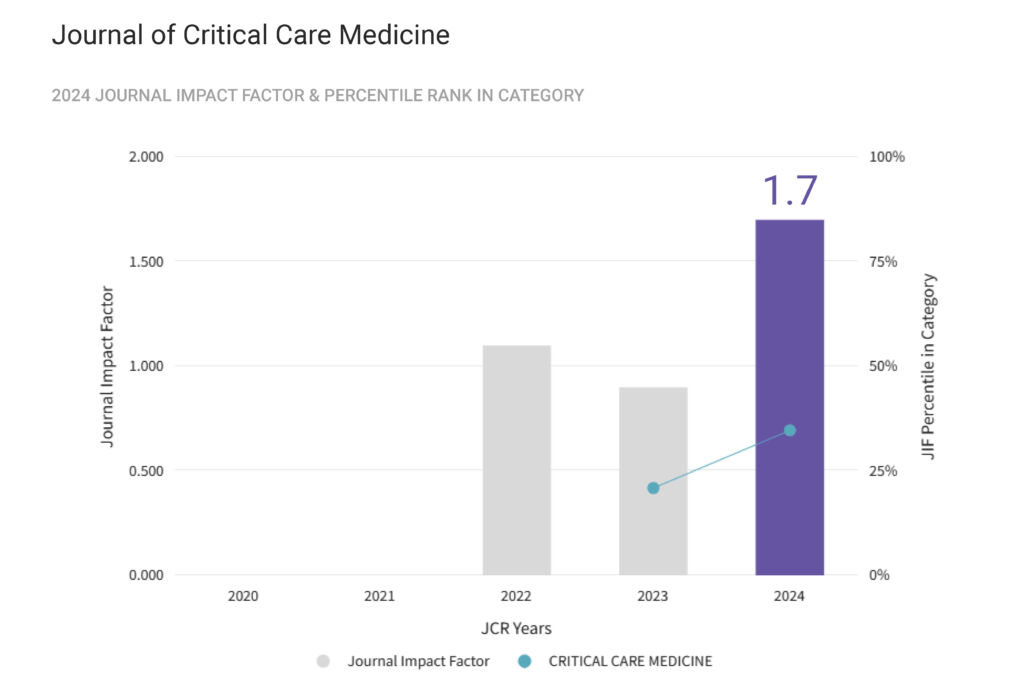Background: Patients with chronic respiratory failure caused by severe neuromuscular impairment often require long-term respiratory support. Invasive mechanical ventilation (IMV) via tracheostomy is usually provided in intensive care units (ICUs), but in carefully selected cases, it can be safely transitioned to home care. The use of a single-limb ventilator circuit (Single BiPAP circuit with Whisper Swivel II), intended initially for non-invasive ventilation (NIV), may represent a cost-effective and practical alternative for long-term home IMV.
Case presentation: We present a 50-year-old male with progressive neuromuscular disease and chronic respiratory failure, who required long-term IMV through a tracheostomy tube. After stabilization in the ICU, ventilation was maintained at home using a Single BiPAP circuit with Whisper Swivel II, combined with a mechanical insufflation-exsufflation (MIE) device for airway secretion clearance. The patient’s family received structured training in tracheostomy care, ventilator operation, and secretion management. Over 32-month period, the patient maintained stable respiratory function, experienced a marked reduction in infectious exacerbations, and preserved an acceptable quality of life.
Conclusion: In selected patients, long-term home IMV using a single-limb ventilator combined with an MIE device can be a safe, effective, and cost-efficient alternative to conventional ICU-based ventilation. Successful outcomes require structured patient and caregiver training, close follow-up, and coordinated multidisciplinary support.
Tag Archives: non-invasive ventilation
Longitudinal Assessment of ROX and HACOR Scores to Predict Non-Invasive Ventilation Failure in Patients with SARS-CoV-2 Pneumonia
Introduction: NIV (Non-invasive ventilation) and HFNC (High Flow nasal cannula) are being used in patients with acute respiratory failure. HACOR score has been exclusively calculated for patients on NIV, on other hand ROX index is being used for patients on HFNC. This is first study where ROX index has been used in patients on NIV to predict failure.
Aim of the study: This study investigates the comparative diagnostic performance of HACOR score and ROX index to predict NIV failure.
Methods: We performed a retrospective cohort study of non-invasively ventilated Covid 19 patients admitted between 1st April 2020 to 15th June 2021 to ICU of a tertiary care teaching hospital located in Central India. We assessed factors responsible for NIV failure, and whether these scores HACOR/ ROX index have discriminative capacity to predict risk of invasive mechanical ventilation.
Results: Of the 441 patients included in the current study, 179 (40.5%) recovered, while remaining 262 (59.4%) had NIV failure. On multivariable analysis, ROX index > 4.47 was found protective for NIV-failure (OR 0.15 (95%CI 0.03-0.23; p<0.001). Age > 60 years and SOFA score were other significant independent predictors of NIV-failure. The AUC for prediction of failure rises from 0.84 to 0.94 from day 1 to day 3 for ROX index and from 0.79 to 0.92 for HACOR score in the same period, hence ROX score was non-inferior to HACOR score in current study. DeLong’s test for two correlated ROC curves had insignificant difference expect day-1 (D1: 0.03 to 0.08; p=3.191e-05 ,D2: -0.002 to 0.02; p = 0.2671, D3: -0.003 to 0.04; p= 0.1065).
Conclusion: ROX score of 4.47 at day-3 consists of good discriminatory capacity to predict NIV failure. Considering its non-inferiority to HACOR score, the ROX score can be used in patients with acute respiratory failure who are on NIV.
Ramping Position to Aid Non-invasive Ventilation (NIV) in Obese Patients in the ICU
Introduction: The ramping position is recommended to facilitate pre-oxygenation and mask ventilation of obese patients in anaesthetics via improving the airway alignment.
Presentation of case series: Two cases of obese patients admitted to the intensive care unit (ICU) with type 2 respiratory failure. Both cases showed obstructive breathing patterns on non-invasive ventilation (NIV) and failed resolution of hypercapnia. Ramping position alleviated the obstructive breathing pattern and hypercapnia was subsequently resolved.
Conclusion: There are no available studies on the rule of the ramping position in aiding NIV in obese patients in the ICU. Accordingly, this case series is significantly important in highlighting the possible benefits of the ramping position for obese patients in settings other than anaesthesia.










